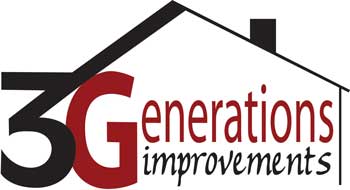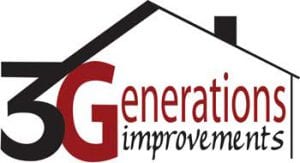This is one of the best articles I have read regarding the California Wildfire crisis. There will always be debate on who or what should be at fault for the recent uptick in wildfires in California – climate change, forest mismanagement, population growth or equipment failure (such as PG&E). I think we can all agree that we will never all agree on the cause, but we now must look towards reasonable solutions to prevent the loss of life and property. Some great points were made in the below article about the recent Ventura California wildfire, but the main point is where we are building is more important than what we build with. Most of the homes that have been destroyed in the last decade are in “very high fire hazard” zones due to difficult topography, proximity to dry fuel and difficulty in fighting the fire in these type of locations.
Our company and family has an up close and personal perspective on how fire travels and why because my brother, Kasey, has been a fireman for over 20 years and we often ask him and his peers about this subject. They are all in agreement with this article in where homes are built is vastly more important than the material you use to build with. One lane communities along with the “very high fire hazard” locations can be a recipe for disaster. According to CalFire data, 80 percent of houses destroyed in the Thomas Fire had fire-resistant exteriors. And 90 percent had fire-resistant roofs. In the Northern California wildfires last year, several of the homes that we remodeled with new Class 1A James Hardie fiber cement siding burnt to the ground with nothing left. When the conditions and location are in favor of the fire, nothing or nobody can stand in its way. The most jaw-dropping statistic during the recent tragic Camp Fire is when it grew 10,000 acres in about 90 minutes, more than one football field per second, if that is not a natural disaster, I do not know what is! The lesson that we have learned that even if the entire exterior is Class 1A fire rated, you still are at risk. Furthermore, if you only install a 1A roof and siding, but your eaves and deck are not and you do not have fire rated vents, you are barely more secure than your neighbor with wood siding on it! For this reason, we have never over-sold the 1A products on this merit alone unless the owner is committed to an entire 1A exterior (including out buildings) with proper defensible space. Even if this very costly endeavor is achieved, we still cannot guarantee your home’s safety.
Before you buy that house on the hill, the place with the great view or rebuild your burnt down home it is time to start asking the question: “how long until this home burns down?” It is also time that you start trusting the advise and opinions of CalFire or your local fire department on the risk factors associated with your prospective home and stop trusting the advice of your real estate agent or government official. You are the only one you can trust to make these important decisions for you and your family. Stay safe California and may God Bless all those who have been affected by California Wildfires!
To donate to Camp Fire Victim’s, visit this page – https://www.kqed.org/news/11705542/how-to-help-camp-fire-victims
https://www.npr.org/2018/12/09/673890767/fire-resistant-is-not-fire-proof-california-homeowners-discover

